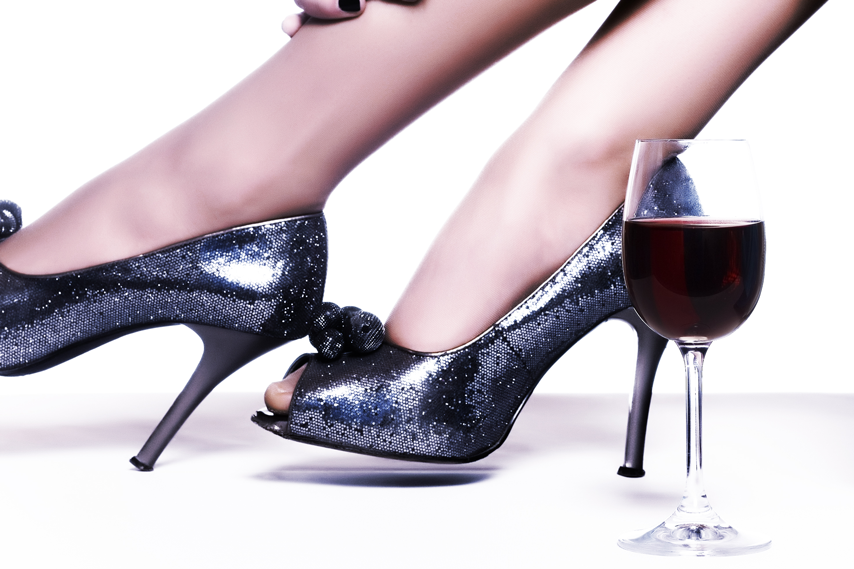Did you know that “wine legs” as we call them in America are referred to as “tears of the wine” in France?
Regardless of what you call them, let’s talk about what the legs tell you about your wine’s quality…
We’ve all seen that wine connoisseur who swirls their glass of wine, raises it towards the light and watches with bated breath for the wine legs to appear. So what are legs? They are the streaks and droplets of wine that stream down the side of the glass after you swirl it. The technical term is a rivulet. Are they thick or thin, fast or slow? WHAT DO THEY MEAN?
There is an enduring myth out there which claims that the amount of streaks on your glass relates to the overall quality of the wine, more legs means better wine. However, the legs have more to do with physics, the wine’s surface tension and alcohol content, than perceived quality.
Let’s talk science for a second. Wine legs occur due to what is known as The Marangoni Effect, a phenomenon where the legs are caused by the relationships between the liquid and the glass surface and between the water and alcohol components of the wine. The way the legs fall usually has to do with the level of alcohol in the wine and the speed at which it evaporates, which means, in easier terms, that thicker and slower legs can indicate a higher alcohol level. If you swirl your wine in a closed bottle, you’ll notice that no legs occur – this is due to the fact that the bottle is airtight, and no evaporation can take place.
Try covering your next glass of wine and see if the legs present dramatically decrease when covered compared to when open. No evaporation, no legs.
But what can legs tell you about your wine’s properties?
Wine legs do tell us something: the alcohol content of wine. Legs of a wine can also tell us something about its sweetness – most sweet wines are a little more viscous, and dessert wines are really quite viscous due to the higher sugar content in them. The more viscous or sticky a wine is, the more it will cling to the side of a glass.
Don’t let any of this prevent you from enjoying the wine before actually tasting it. In some ways, this is all part of the fun of wine drinking: looking at it, considering the liquid, contemplating the glass as you gently swirl it around…
So enjoy your next glass of wine and enjoy the look of the wine tears knowing exactly what physical phenomenon is the cause behind it.

